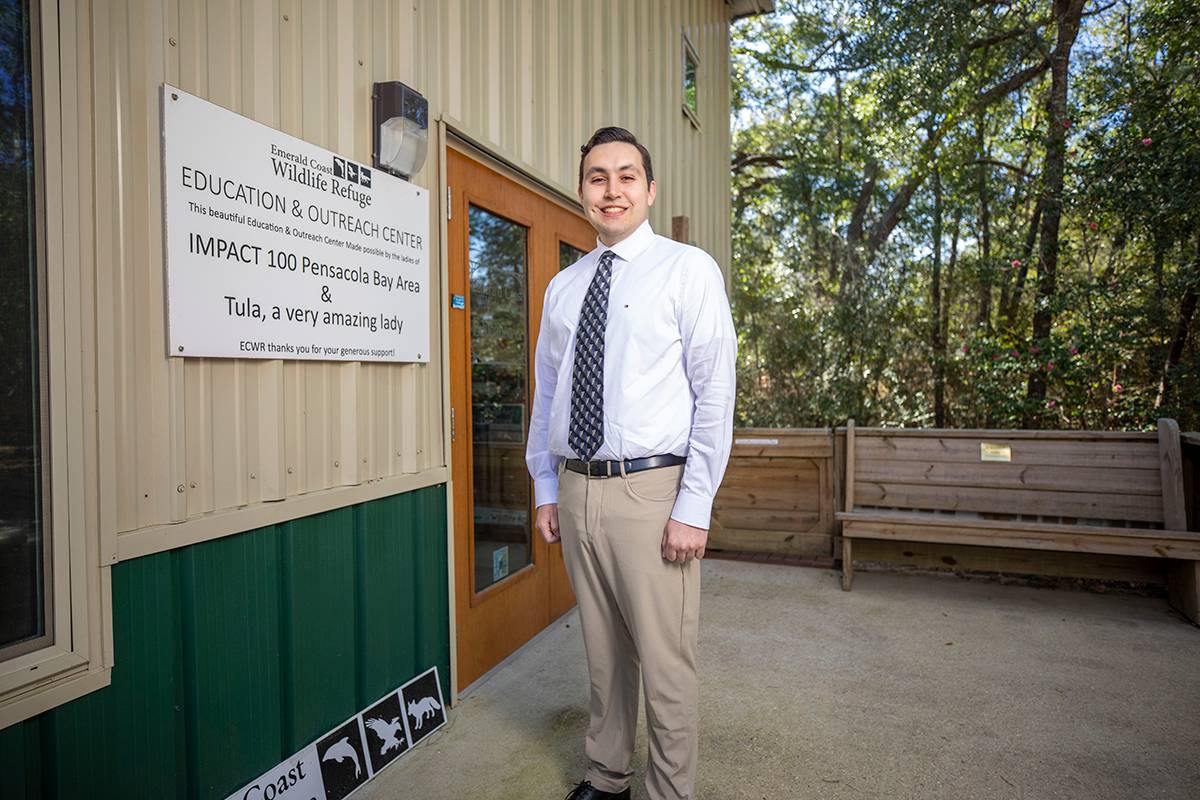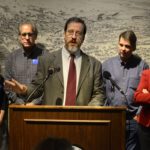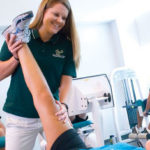UWF student provides wildlife sanctuary with valuable data on rescued animals

Recent University of West Florida graduate James “Brian” Barnes put his UWF education in geographic information science to good use by helping the Emerald Coast Wildlife Refuge (ECWR) uncover trends on rescued wildlife in Northwest Florida. The results from his Fall 2024 semester capstone project are providing a better understanding on several topics including the most common locations of wildlife fishing entanglements, chipmunk and flying squirrel rescues, road collisions with wildlife, dog and cat attacks on wildlife and distemper outbreaks.
“I reached out to Emerald Coast Wildlife Refuge, a nonprofit organization in Navarre, to partner because when I was delivering rescued wildlife to them, I noticed their intake form had a lot of raw data,” Barnes said. “I realized there was an opportunity to use GIS. GIS is taking large volumes of raw data and organizing it into a map form to understand it better. I said, ‘I’m going to show you the breadth of GIS and how it can be used.’”
Working with ECWR staff over several months last year, Barnes gained access to 27,000 wildlife data entries. Barnes was able to show the benefits of GIS, creating five unique maps which have allowed the organization to better prepare and allocate resources to rescue native wildlife. He used geospatial data to display locations and the rescued species.

“The data generated is useful not just to myself, but wildlife rehabbers across the state as we typically work for non-profits and don’t often have the opportunity to have our data reviewed and compiled in one place like this,” said Michelle Pettis, CVT, CWR, director of animal care at ECW. “The distemper disease outbreak map is incredibly helpful for better understanding the spread of wildlife diseases and directly demonstrates to the community what sort of benefit wildlife rehabilitation centers can have for the health of the overall community. When it comes to species distribution maps such as the one created for chipmunks and flying squirrels, this data can be used by many wildlife biologists and rehabilitators, as the field is often underfunded when it comes to specific species studies.”
The ECWR has used the information in a brochure to educate the public to protect and coexist with the wildlife around them.
“The data maps we now have access to make it extremely easy to communicate to the public the impact and importance of wildlife rehab services in their communities,” said Summer Hignite, wildlife marketing and outreach at ECWR. “Anyone looking at the wildlife vehicle collision map will instantly understand why wildlife rehabbers are so essential in our world today. The well-designed and easy-to-read maps will be essential data points in grant applications and competitive presentations to help fund our mission. James has provided a service we don’t often have the funding for, and we will be able to utilize these graphics for years to come in educational material about our mission.”
Barnes takes pride in the positive reactions he received from the directors and staff and is grateful that his knowledge and work could be of value to the ECWR.
“They didn’t know that GIS could be this helpful,” Barnes said. “Everything is affected by its location whether we realize it or not. The power that we have through using this information is incredible.”
For more information about UWF’s Master of Science in GIS Administration degree program, visit uwf.edu/geo.


